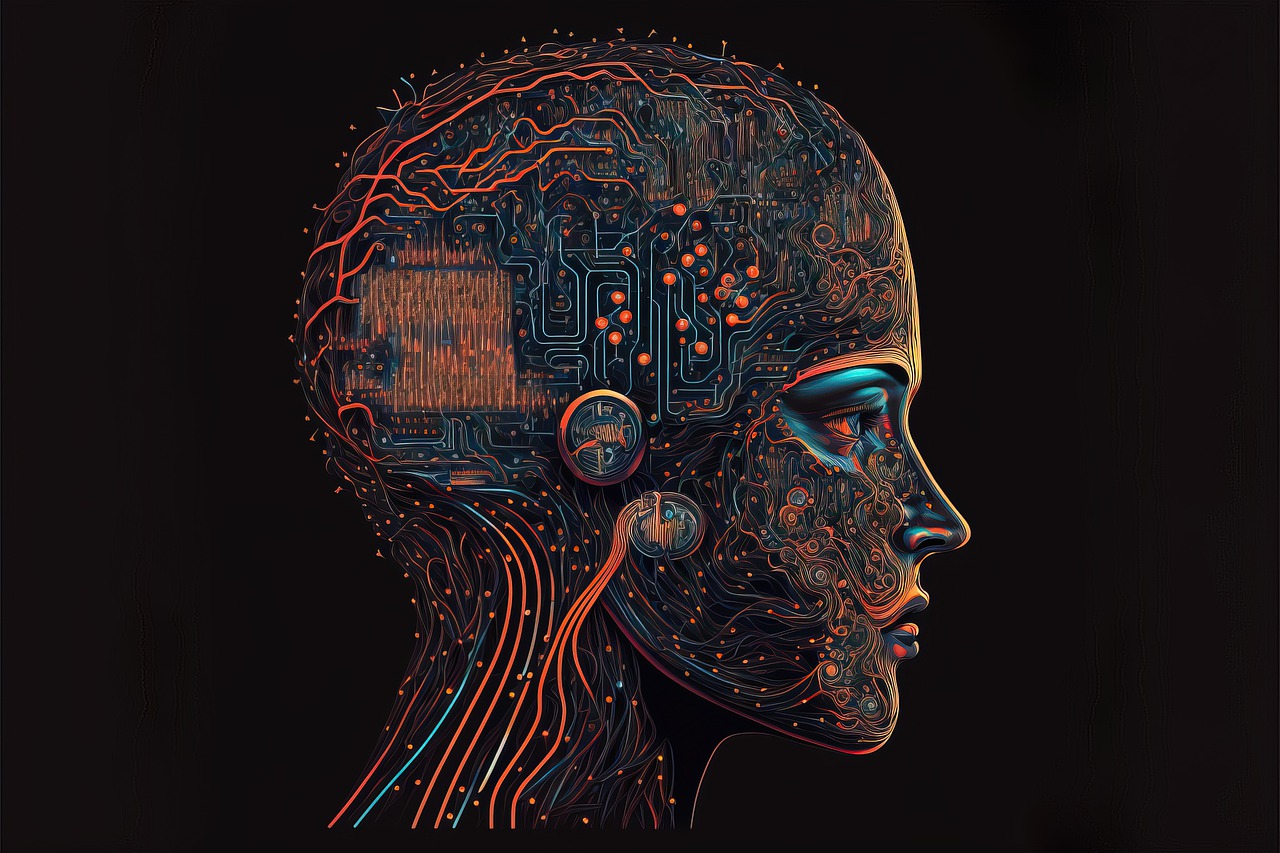Brick-and-mortar stores have long been a cornerstone of the retail industry, providing consumers with a physical space to browse and purchase products. However, with the rise of e-commerce and changing consumer habits, these traditional stores are facing new challenges. In the UK, retailers are recognizing the need to adapt and evolve in order to stay relevant in the modern market. This article explores the future of retail in the UK and how brick-and-mortar stores can adapt to meet changing consumer habits.
Introduction
The retail landscape in the UK has experienced a significant transformation in recent years. The advent of e-commerce has revolutionized the way people shop, leading to changes in consumer behavior. As a result, brick-and-mortar stores are under pressure to adapt and find new ways to engage customers. This article delves into the future of retail in the UK and explores strategies that can help traditional stores thrive in the face of changing consumer habits.
The Rise of E-commerce
The growth of e-commerce has been nothing short of remarkable. According to industry statistics, online sales in the UK reached £99 billion in 2022, accounting for nearly 30% of total retail sales. This shift in consumer behavior has resulted in a decline in foot traffic to physical stores, compelling retailers to rethink their strategies. The challenge lies in finding innovative ways to bridge the gap between the online and offline shopping experience.
With the convenience of online shopping, consumers are increasingly turning to e-commerce platforms to fulfill their shopping needs. The ability to browse and purchase products with just a few clicks has transformed the retail landscape. However, this does not mean the end of brick-and-mortar stores. Physical stores still hold a unique advantage by providing customers with the opportunity to see, touch, and experience products firsthand.
Shifting Consumer Behavior
Consumer behavior has undergone a significant shift in recent years. Today’s shoppers are seeking convenience, personalization, and unique experiences. They expect seamless interactions across online and offline channels. To meet these changing demands, retailers must reimagine the in-store experience and integrate digital technologies.
One aspect of changing consumer behavior is the desire for convenience. With busy lifestyles and time constraints, shoppers are looking for ways to streamline their shopping experience. This has led to the rise of click-and-collect services, where customers can order products online and pick them up at a nearby store. By offering this service, retailers can cater to the need for convenience while still driving foot traffic to their physical locations.
Another significant change in consumer behavior is the demand for personalization. Today’s shoppers expect tailored experiences that cater to their individual preferences. Retailers can leverage customer data and analytics to gain insights into their target audience and provide personalized recommendations, exclusive offers, and customized product options. By delivering personalized experiences, retailers can enhance customer satisfaction and foster loyalty.
Furthermore, consumers are increasingly seeking unique and immersive experiences when they visit brick-and-mortar stores. Retailers can create immersive environments that captivate and inspire customers. By carefully curating store layouts, visual merchandising, and sensory experiences such as ambient lighting, scents, and music, retailers can create an atmosphere that reflects their brand identity and engages shoppers on a deeper level.
Enhancing the In-Store Experience
Embracing Technology
Incorporating technology into brick-and-mortar stores can create a more interactive and personalized experience for customers. For example, interactive displays can engage shoppers and provide them with detailed product information. Virtual reality (VR) or augmented reality (AR) experiences can allow customers to visualize products in real-world settings. Smart mirrors can enable customers to try on clothing virtually. Retailers can also leverage mobile apps and beacons to offer location-based promotions and personalized recommendations.
According to a survey conducted by Retail Systems Research, 61% of consumers are more likely to shop at a store that offers technological innovations. By embracing technology, retailers can bridge the gap between the online and offline shopping experience, providing customers with a seamless journey and enhancing their overall satisfaction.
Creating Immersive Environments
Retailers can design immersive environments that captivate and inspire customers. By carefully curating store layouts and visual merchandising, retailers can create an atmosphere that reflects their brand identity and engages shoppers on a deeper level. Additionally, sensory experiences, such as ambient lighting, scents, and music, can enhance the overall shopping experience.
According to a study by Mood Media, 80% of shoppers feel more connected to a store that creates a unique and immersive environment. By creating an environment that resonates with customers, retailers can establish an emotional connection and differentiate themselves from online competitors.
Personalization and Customization
Tailoring the shopping experience to individual preferences can strengthen customer loyalty. By leveraging customer data and analytics, retailers can provide personalized recommendations, exclusive offers, and customized product options. According to research by Accenture, 91% of consumers are more likely to shop with brands that provide relevant offers and recommendations.
Implementing customer loyalty programs and utilizing advanced customer relationship management (CRM) systems can help retailers gather valuable customer data to drive personalization efforts. By understanding their customers’ preferences and shopping habits, retailers can deliver targeted marketing campaigns and tailored experiences that resonate with their target audience.
The Role of Data and Analytics
Data and analytics play a crucial role in understanding consumer behavior and preferences. By leveraging customer data, retailers can gain insights into their target audience and make informed decisions. Advanced analytics tools can help identify trends, predict consumer demands, and optimize inventory management. With the right data-driven strategies, retailers can provide tailored experiences that resonate with their customers.
According to a report by McKinsey, companies that effectively leverage data and analytics are 50% more likely to outperform their peers financially. By harnessing the power of data, retailers can gain a competitive edge in the evolving retail landscape.
Seamless Omnichannel Integration
To succeed in the future of retail, brick-and-mortar stores must embrace an omnichannel approach. This means providing a seamless experience across multiple channels, including online platforms, mobile apps, social media, and physical stores. For instance, retailers can offer click-and-collect services, allowing customers to purchase products online and pick them up at a nearby store. By integrating their online and offline channels, retailers can create a cohesive shopping journey that caters to the preferences and convenience of their customers.
Omnichannel integration also enables retailers to leverage the strengths of each channel. Online platforms provide convenience and accessibility, while physical stores offer tangible experiences and personalized interactions. By combining these channels effectively, retailers can meet the diverse needs of their customers and provide a differentiated shopping experience.
Conclusion
The future of retail in the UK requires brick-and-mortar stores to adapt and evolve alongside changing consumer habits. By embracing technology, creating immersive environments, personalizing the shopping experience, leveraging data and analytics, and integrating multiple channels seamlessly, retailers can not only survive but thrive in the modern market. It is essential for retailers to stay agile, innovate, and prioritize the evolving needs of their customers to secure their place in the future of retail.
FAQs (Frequently Asked Questions)
- Q: How can retailers compete with the rise of e-commerce?
- A: Retailers can compete by enhancing the in-store experience, embracing technology, and offering personalized services that online platforms may lack.
- Q: How can retailers leverage data and analytics?
- A: Retailers can leverage data and analytics to gain insights into consumer behavior, make informed decisions, and personalize the shopping experience.
- Q: What is the importance of omnichannel integration?
- A: Omnichannel integration allows retailers to provide a seamless shopping experience across multiple channels, catering to the preferences and convenience of their customers.
- Q: What are some examples of immersive retail environments?
- A: Examples include unique store layouts, captivating visual merchandising, sensory experiences, and interactive technologies like virtual reality and smart mirrors.
- Q: How can retailers personalize the shopping experience?
- A: Retailers can personalize the shopping experience by leveraging customer data, offering customized recommendations, and providing exclusive offers and promotions.




